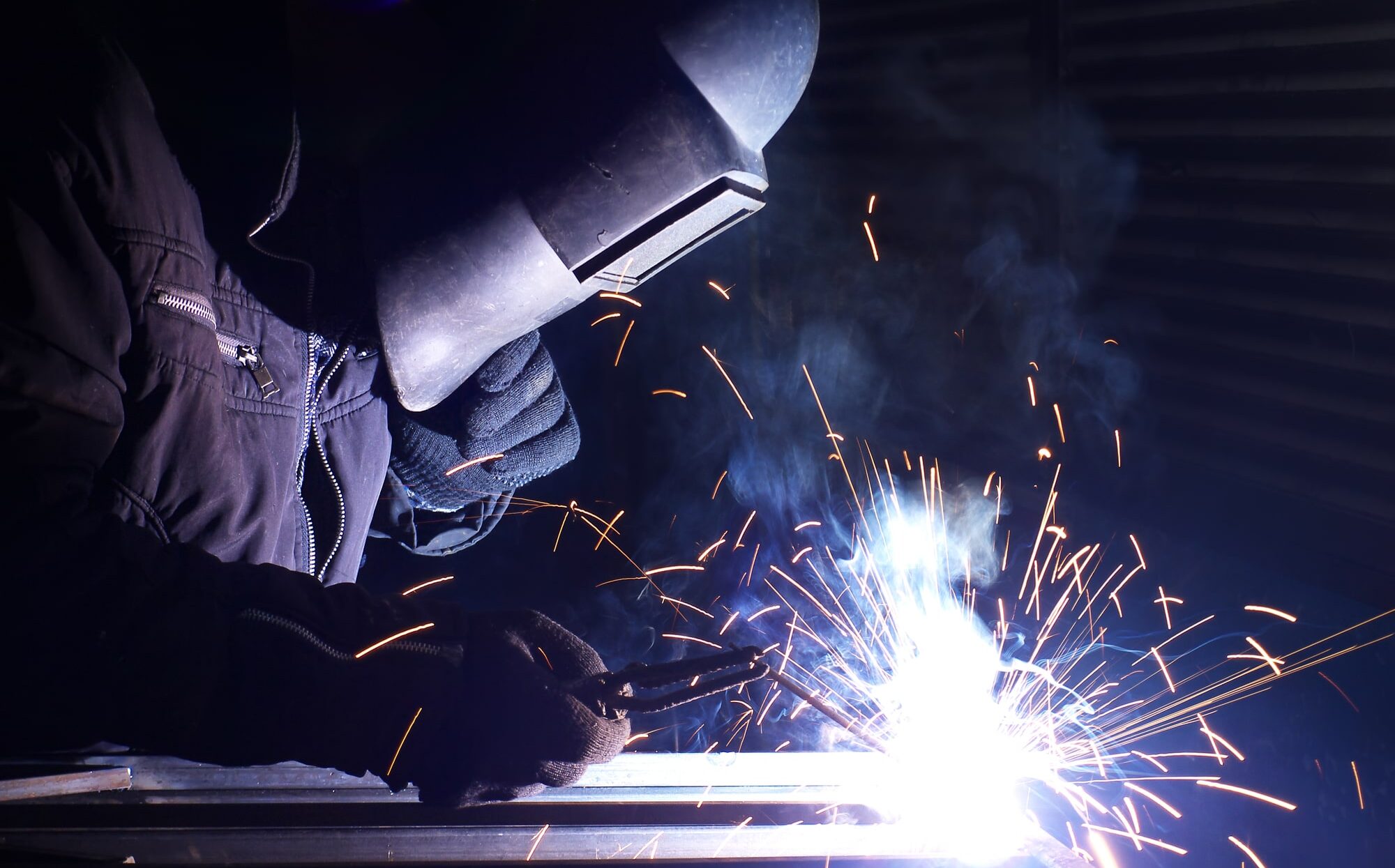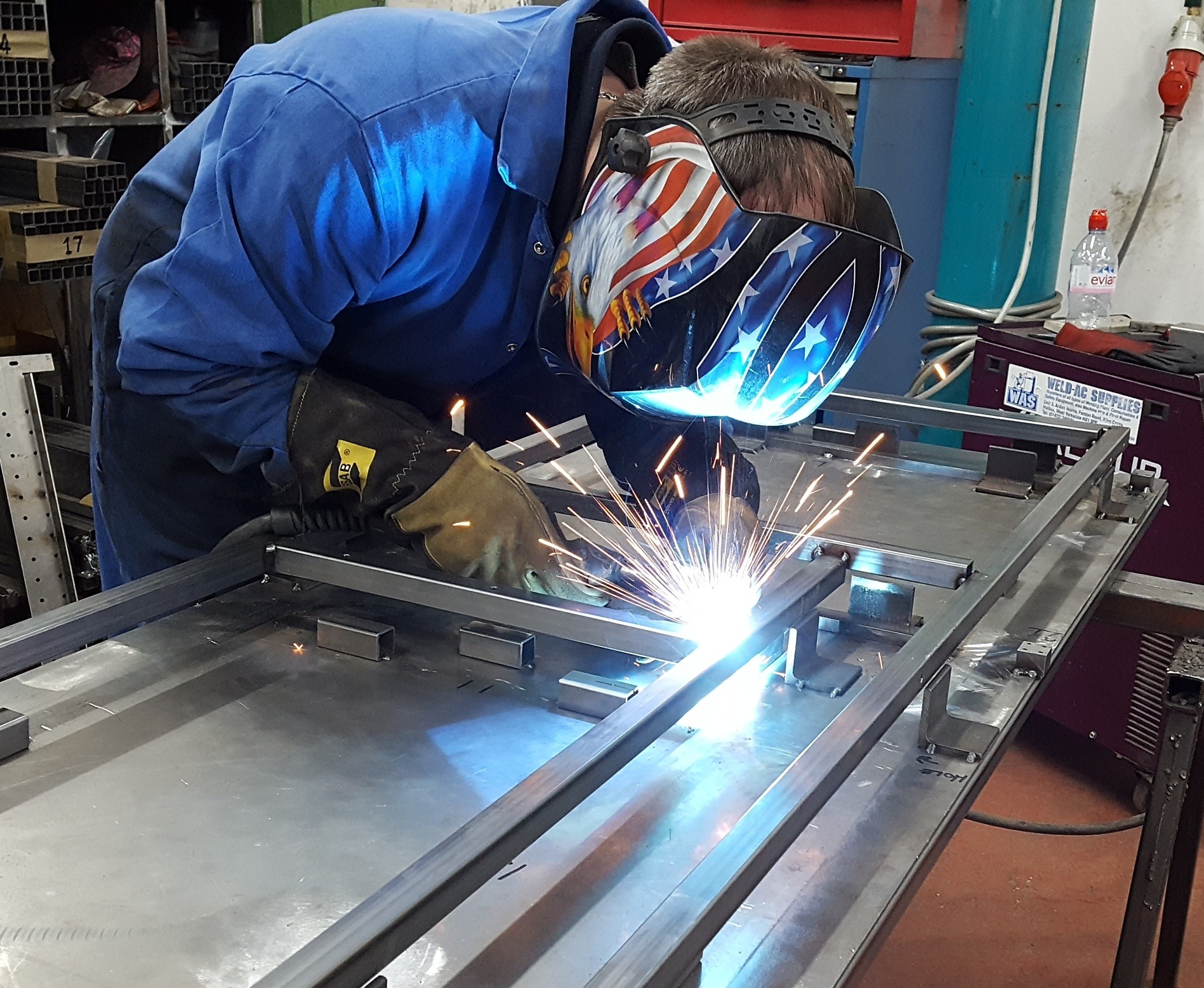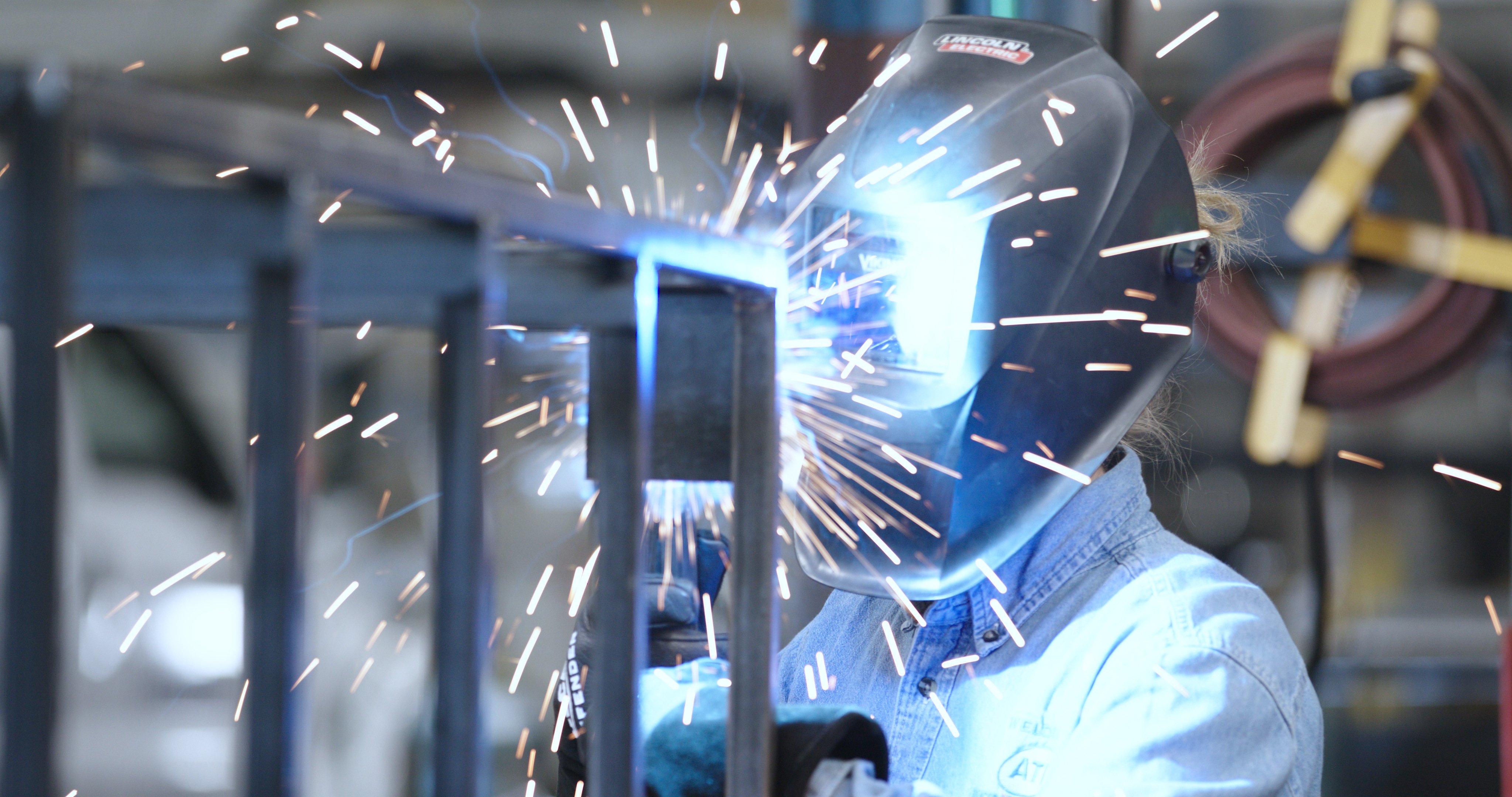Typical Welding Repair Service Issues and How to Address Them Efficiently
Welding fixings often come across a series of problems that can threaten the honesty of the end product. Usual issues consist of inadequate infiltration, porosity, and imbalance, to name a few. Each flaw provides distinct difficulties that need details techniques for resolution. Recognizing these concerns is necessary for welders aiming to boost their end results and skills. This conversation will explore these common welding repair concerns and effective methods to address them.
Inadequate Penetration
Inadequate penetration takes place when the weld metal falls short to totally fuse with the base material, causing weak joints and prospective architectural failings. This problem commonly comes from not enough heat input, incorrect electrode angle, or incorrect welding rate. Welders might run into insufficient infiltration because of a mistake of the needed parameters for a certain product thickness or kind. Additionally, contamination on the base product's surface area can prevent effective bonding, worsening the issue. To address poor penetration, welders should guarantee suitable setups on their devices and keep a clean job surface. Normal evaluation of welds is advised to identify any type of deficiencies early, enabling for prompt improvements and the avoidance of compromised architectural integrity in bonded settings up.
Porosity
Porosity is a typical issue in welded joints that manifests as tiny gas bubbles entraped within the weld steel. This issue can jeopardize the integrity of the weld, causing lowered toughness and potential failure under stress. Montana Mobile Welding and Repair Welding. Porosity normally arises from contamination, wetness, or inappropriate welding methods, which permit gases to get away right into the liquified weld swimming pool. To attend to porosity, welders must assure proper surface prep work, preserve a clean functioning atmosphere, and make use of appropriate welding parameters. In addition, selecting the appropriate filler product and shielding gas can reduce gas entrapment. Routine assessment and screening of welds can aid identify porosity early, ensuring prompt restorative actions are taken, thereby protecting the quality and reliability of the bonded framework
Imbalance
Imbalance in welding can develop from various elements, including improper setup and thermal development. Recognizing the root creates is crucial for reliable resolution. A number of improvement methods are available to realign parts and assure architectural integrity.
Root causes of Misalignment
Welding imbalance commonly stems from a selection of underlying issues that can compromise architectural honesty. One primary reason is improper fit-up of components prior to welding, which can lead to voids and uneven surfaces. Variations in thermal development throughout the welding process can also lead to distortion, especially if the products being joined have various coefficients of growth. Additionally, inadequate fixturing and securing might fail to hold parts securely in place, bring about motion throughout welding. Poorly maintained tools, including welding equipments and devices, may introduce incongruities in the weld grain, more adding to misalignment. Operator error, stemming from inadequate training or experience, can likewise play a considerable duty in creating misaligned welds.

Adjustment Techniques Offered
Attending to imbalance properly requires a combination of restorative strategies customized to the particular issues at hand. One typical technique is the use of fixtures or jigs to hold components in the right position during welding, ensuring constant alignment. In addition, pre-heating the products can help in reducing distortion and improve fit-up. For considerable misalignment, mechanical adjustment methods, such as making use of hydraulic jacks or clamps, can be utilized to fix the position prior to welding. Post-weld heat treatment may additionally be needed to soothe tensions created by misalignment. Ultimately, careful examination and change throughout the arrangement stage can protect against misalignment problems from ending up being substantial problems, promoting a smoother welding process and enhancing general architectural integrity.
Distortion
Distortion is a common challenge in welding that can occur from numerous factors, consisting of irregular cooling and heating. Recognizing the reasons of distortion is crucial for executing effective prevention strategies. Resolving this problem not only enhances structural stability yet additionally improves the overall top quality of the weld.
Reasons for Distortion
When based on the extreme warm of welding, products often undergo adjustments that can result in distortion. This sensation largely arises from thermal expansion and tightening throughout the welding procedure. As the weld area warms up, the product increases; upon cooling, it contracts, which can produce internal stresses. On top of that, irregular home heating across a work surface can exacerbate these anxieties, causing warping or bending. The kind of material likewise plays a significant role; steels with varying thermal conductivity and coefficients of development may respond differently, leading to unforeseeable distortions. Inadequate joint layout and inadequate fixturing can contribute to misalignment during welding, boosting the chance of distortion. Understanding these reasons is necessary for efficient welding repair service and prevention strategies.
Avoidance Techniques
Reliable prevention methods for distortion throughout welding emphasis on regulating heat input and guaranteeing proper joint layout. Preserving a constant heat input helps to minimize thermal development and contraction, which can bring about distortion. Using strategies such as pre-heating the workpiece can also minimize the temperature gradient, promoting uniform home heating. Furthermore, selecting proper joint styles, such as T-joints or lap joints, can boost stability and reduce stress focus. Carrying out correct fixturing to safeguard the work surfaces in area better aids in preserving placement throughout the welding procedure. Finally, staggered welding sequences can disperse warmth much more evenly, avoiding local distortion. By using these methods, welders can considerably lower the likelihood of distortion and improve the general high quality of their welds.
Splitting
Splitting is a typical problem run into in welding repair work, frequently arising from numerous variables such as incorrect air conditioning prices, product selection, or poor joint prep work. The incident of fractures can substantially jeopardize the honesty of the weld, leading to potential failures throughout operation. To resolve this concern, welders must initially assess the origin triggers, ensuring that materials are compatible and appropriately chosen for the particular application. Furthermore, controlling the cooling price during the welding procedure is crucial; fast cooling can cause anxiety and lead to breaking. Correct joint layout and prep work also add to lessening the risk. Carrying out these methods can enhance weld top quality and durability, ultimately lowering the probability of fracturing in ended up weldments.

Incomplete Fusion
A significant concern in welding repair services is incomplete fusion, which happens when the weld steel does not appropriately bond with the base material or previous weld passes - Montana Mobile Welding and Repair Fabrication. This problem can lead to weaknesses in the joint, possibly compromising the stability of the welded framework. Variables adding to incomplete combination include not enough warmth input, incorrect welding strategy, and contamination of the surfaces being signed up with. To address this issue effectively, welders need to guarantee proper pre-weld cleansing and surface preparation, along with readjust their welding parameters to pinnacle welding attain ample penetration and fusion. Routine assessment throughout the welding procedure can likewise assist recognize incomplete fusion early, enabling for timely rehabilitative steps to enhance the total quality of the weld
Overheating
While welding repair work can improve architectural stability, overheating presents a substantial difficulty that can bring about product destruction. Excessive heat throughout welding can change the mechanical properties of steels, causing minimized strength, increased brittleness, and warping. This sensation is specifically essential in high-stress applications where architectural integrity is critical. Identifying getting too hot can involve visual examinations for staining or distortion, along with keeping an eye on temperature throughout the welding process. To minimize the risks related to getting too hot, welders ought to use proper strategies, such as controlling heat input, changing traveling speed, and utilizing suitable filler materials. In addition, applying pre- and post-weld heat treatments can aid recover product homes and enhance the overall high quality of the fixing, ensuring lasting efficiency and safety.
Frequently Asked Inquiries
What Are the Common Indications of a Welding Flaw?

Exactly How Can I Examine My Welds for Quality?
To evaluate welds for top quality, one can utilize aesthetic evaluations, ultrasonic screening, and radiographic approaches. Each technique guarantees architectural stability, determines defects, and validates adherence to specified criteria, ultimately enhancing the dependability of the bonded joints.
What Safety and security Precautions Should I Take While Welding?
When welding, one should prioritize safety and security by putting on appropriate personal protective tools, making certain appropriate air flow, safeguarding combustible materials away, preserving a clean work space, and knowing surroundings to stop mishaps and injuries.
Can I Repair a Weld Without Renovating the Entire Joint?
Repairing a weld without redoing the whole joint is possible, relying on the damages (Montana Mobile Welding and Repair Fabrication). Strategies such as grinding, adding filler material, or utilizing a welding procedure can successfully deal with details flaws while protecting the surrounding structure
What Tools Are Important for Effective Welding Services?
Important devices for efficient welding fixings include a welding maker, wire brush, grinder, safety equipment, clamps, and filler materials. Each tool plays a crucial function in making sure top quality and safety throughout the fixing procedure. Porosity commonly arises from contamination, wetness, or inappropriate welding methods, which allow gases to leave into the liquified weld swimming pool. Improperly conserved equipment, including welding machines and tools, may introduce incongruities in the weld bead, further adding to imbalance. When subjected to the intense warm of welding, materials commonly undergo adjustments that can lead to distortion. Cracking is an usual problem encountered in welding fixings, commonly resulting from different aspects such as improper air conditioning rates, product selection, or inadequate joint preparation. A substantial problem in welding repairs is incomplete blend, which occurs when the weld steel does not appropriately bond with the base material or previous weld passes.